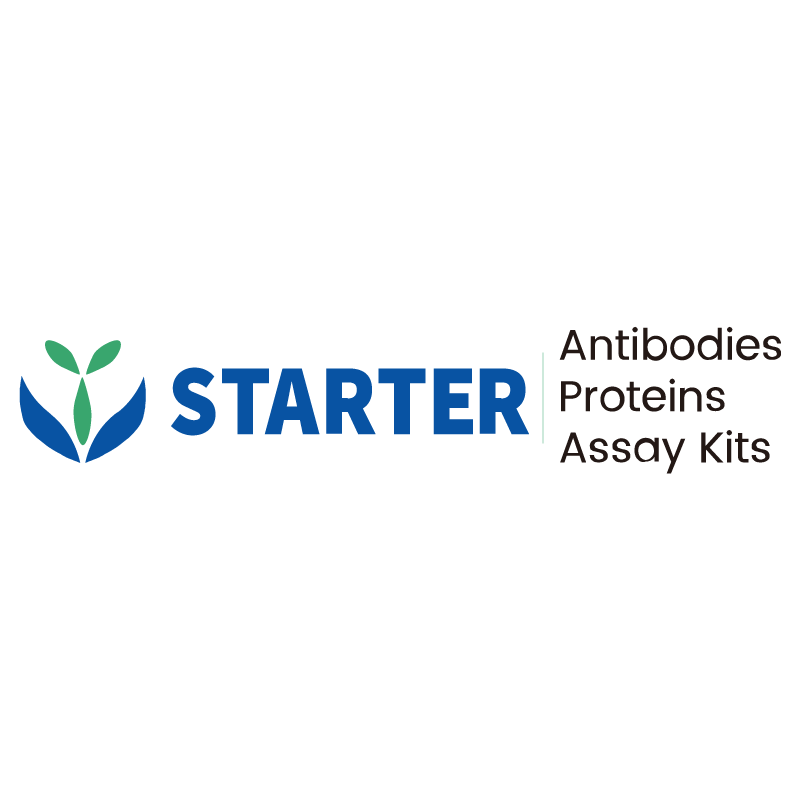Flow cytometric analysis of Human PBMC (human peripheral blood mononuclear cells) labelling TCR delta antibody at 1/500 (0.1 μg) dilution/ (Right panel) compared with a Rabbit IgG Isotype Control / (Left panel). Goat Anti-Rabbit IgG Alexa Fluor® 488 was used as the secondary antibody. Then cells were stained with CD3 - Brilliant Violet 421™ Antibody separately.
Product Details
Product Details
Product Specification
| Host | Rabbit |
| Antigen | TCR delta |
| Synonyms | T cell receptor delta constant; TRDC |
| Immunogen | Synthetic Peptide |
| Location | Cell membrane |
| Accession | B7Z8K6 |
| Clone Number | S-1504-45 |
| Antibody Type | Recombinant mAb |
| Isotype | IgG |
| Application | FCM |
| Reactivity | Hu |
| Positive Sample | Human PBMC |
| Purification | Protein A |
| Concentration | 0.5 mg/ml |
| Conjugation | Unconjugated |
| Physical Appearance | Liquid |
| Storage Buffer | PBS, 40% Glycerol, 0.05% BSA, 0.03% Proclin 300 |
| Stability & Storage | 12 months from date of receipt / reconstitution, -20 °C as supplied. |
Dilution
| application | dilution | species |
| FCM | 1:500 | Hu |
Background
The TCR delta chain is a crucial component of the γδ T cell receptor (TCR), forming a heterodimer with the TCR gamma chain. This TCRγδ complex is primarily expressed on the surface of γδ T cells and is capable of recognizing a diverse range of antigens, including non-peptide small molecules and glycolipids. Unlike αβ T cells, the TCR delta chain generates diversity through V(D)J recombination, but it has a relatively small gene repertoire and lacks the capacity for somatic hypermutation. The TCRγδ complex associates with the CD3 complex to form an octameric structure, which is involved in T cell activation and signaling. γδ T cells possess both adaptive and innate immune characteristics, allowing them to rapidly respond to pathogen infections, tumor growth, and tissue damage.
Picture
Picture
FC


